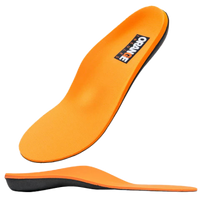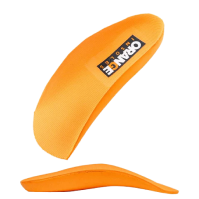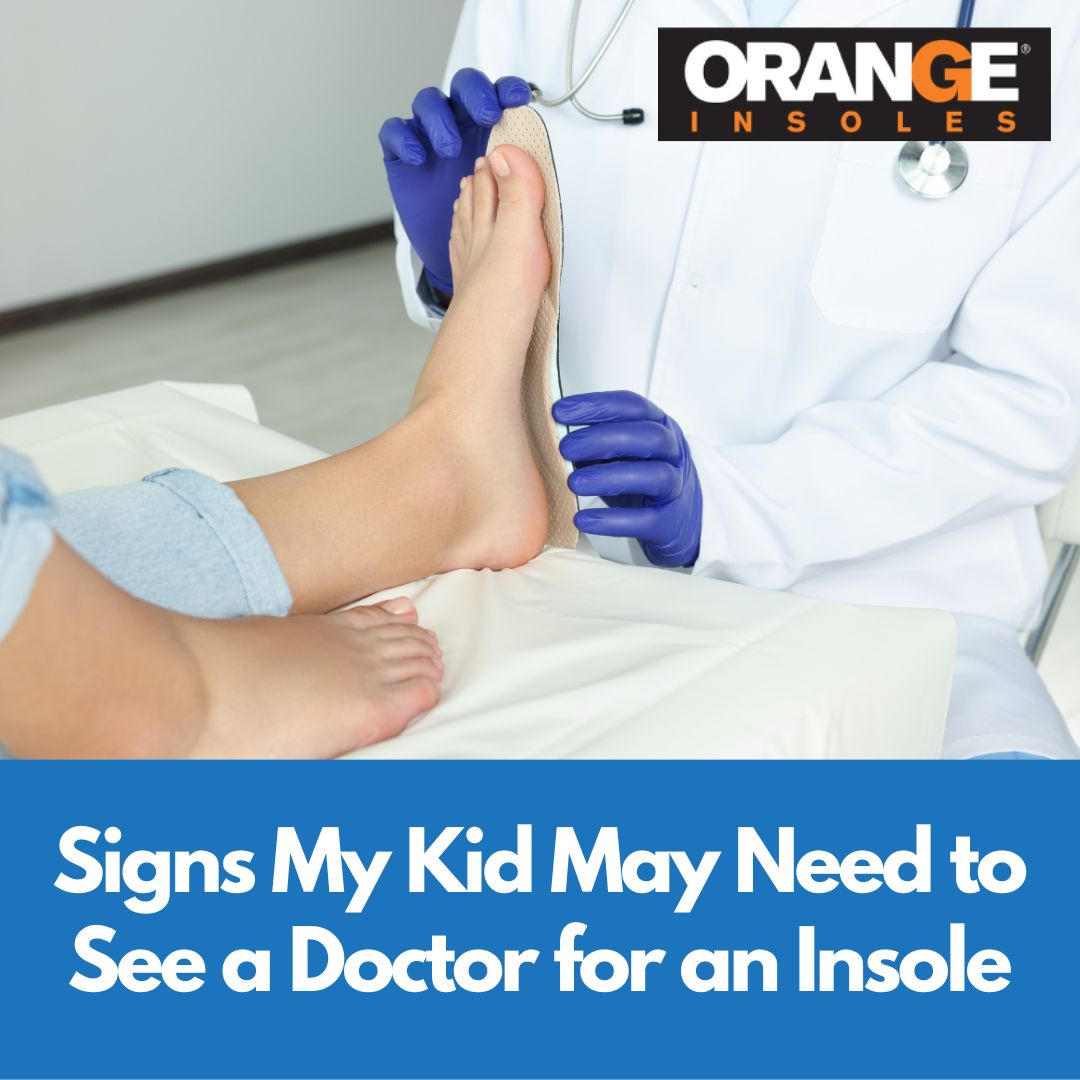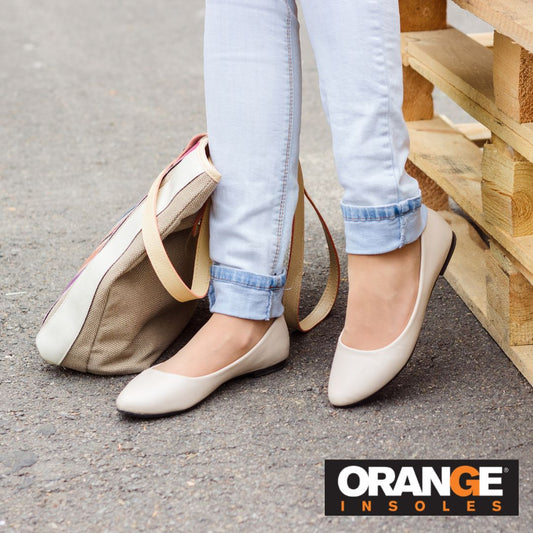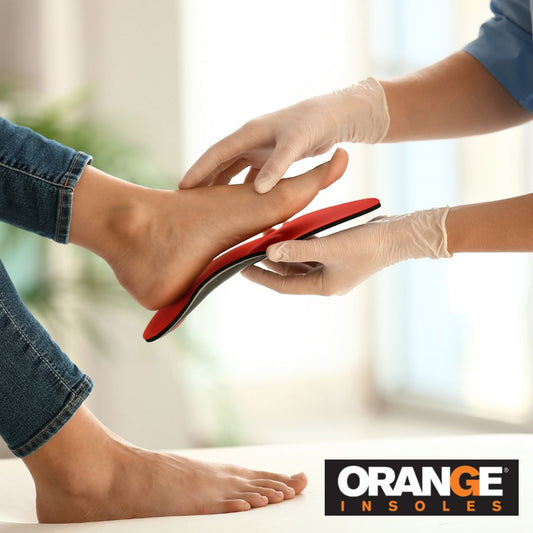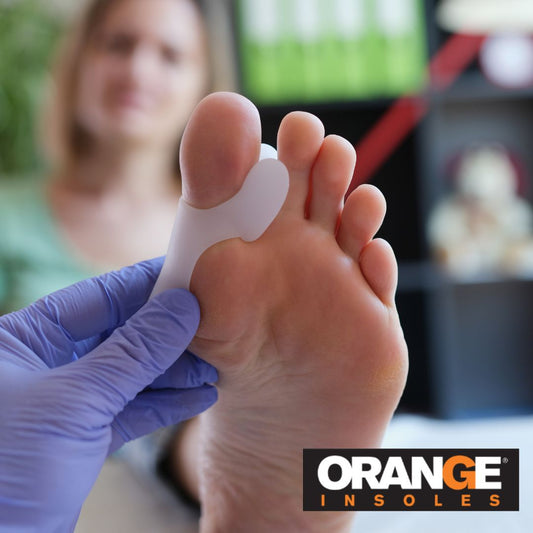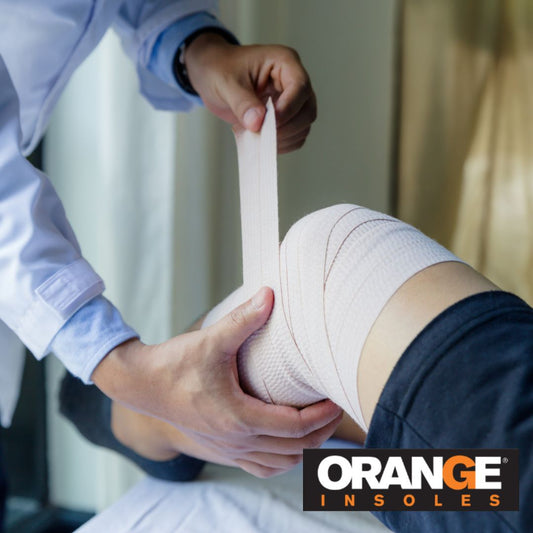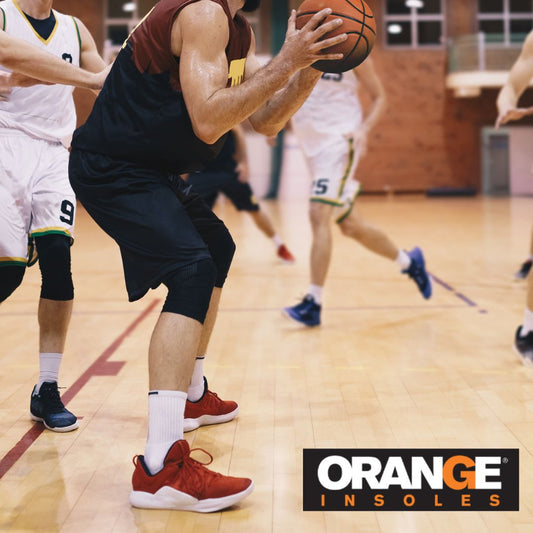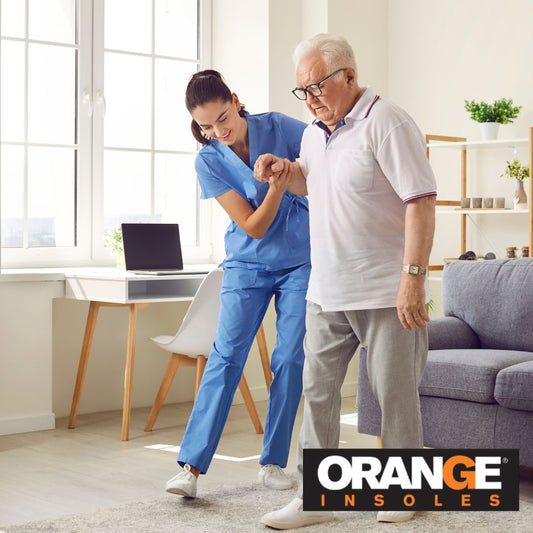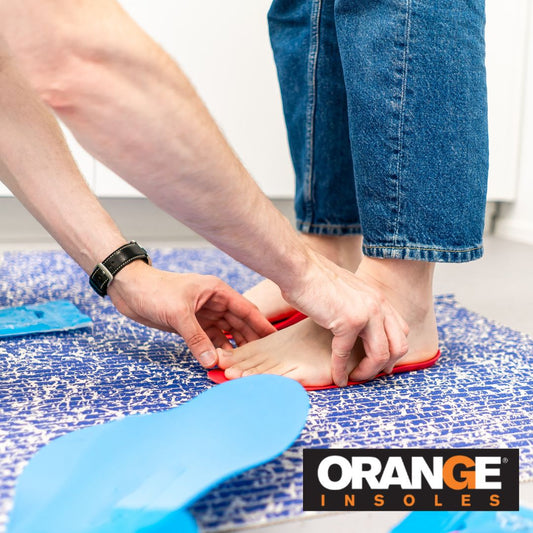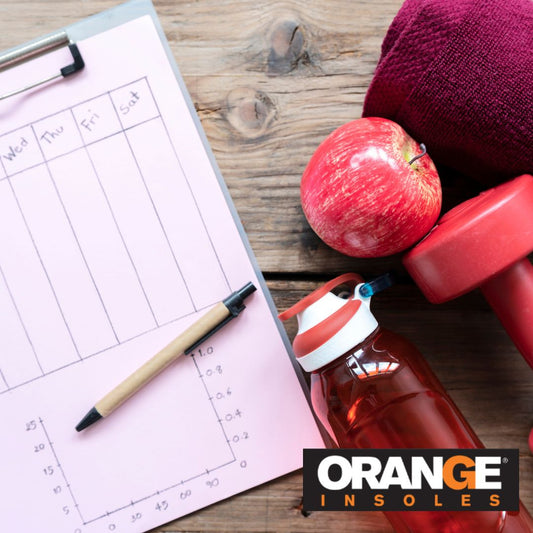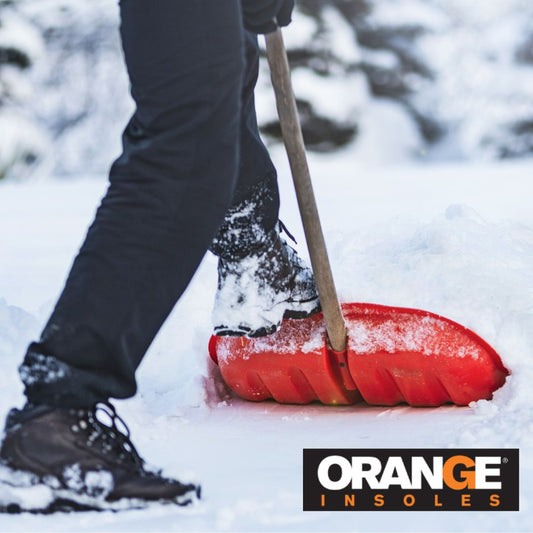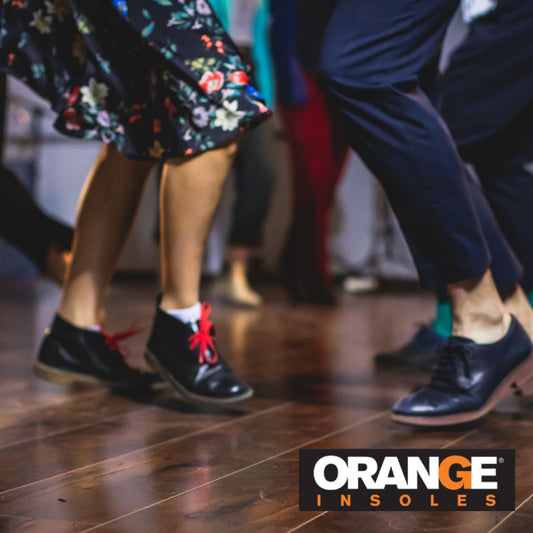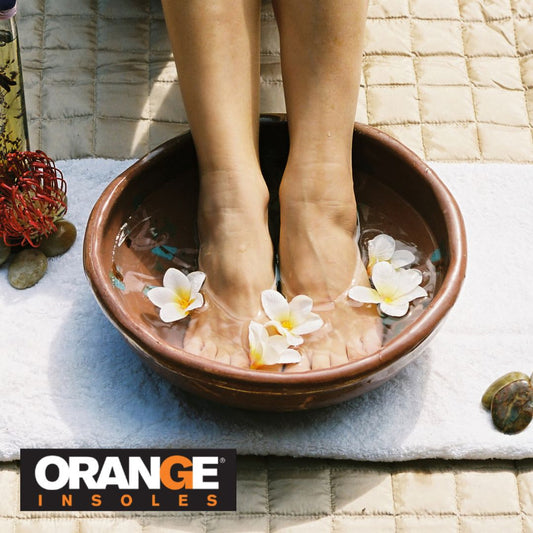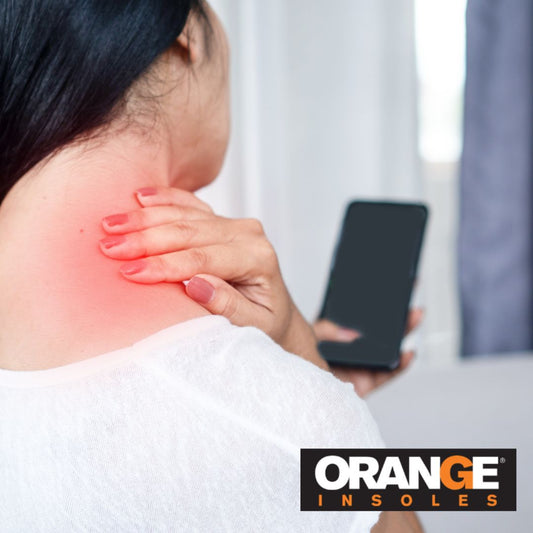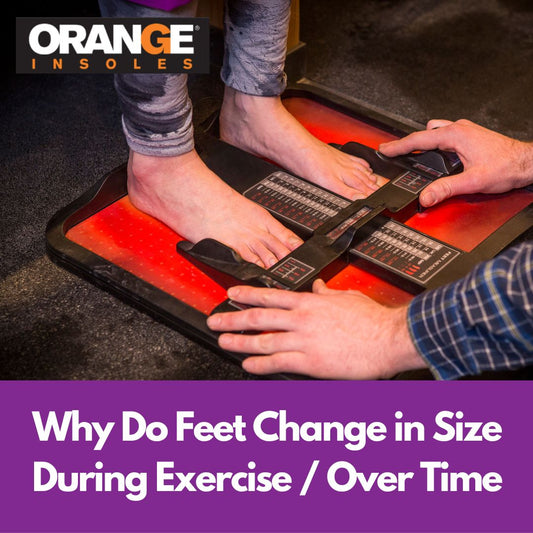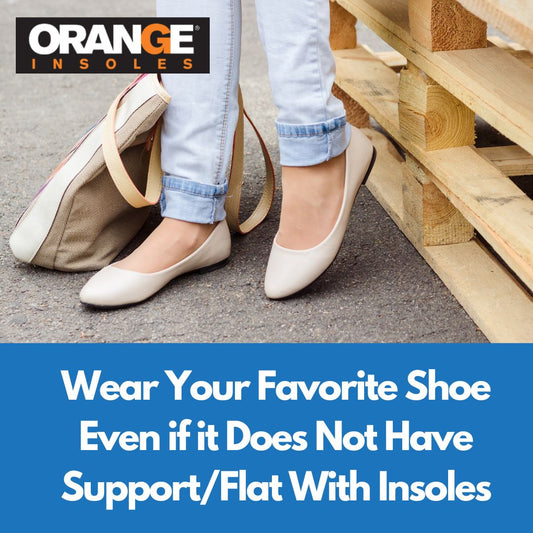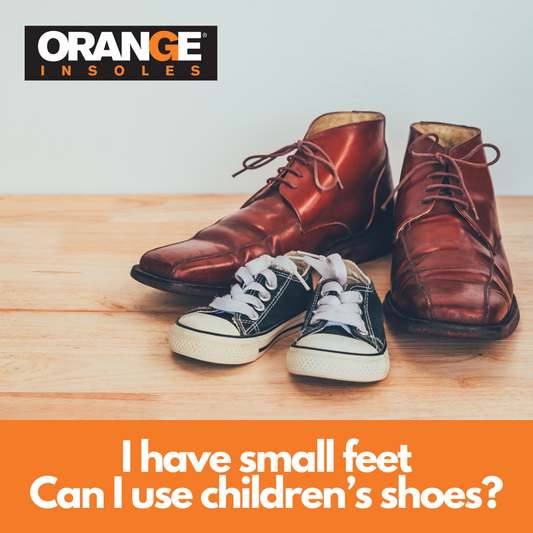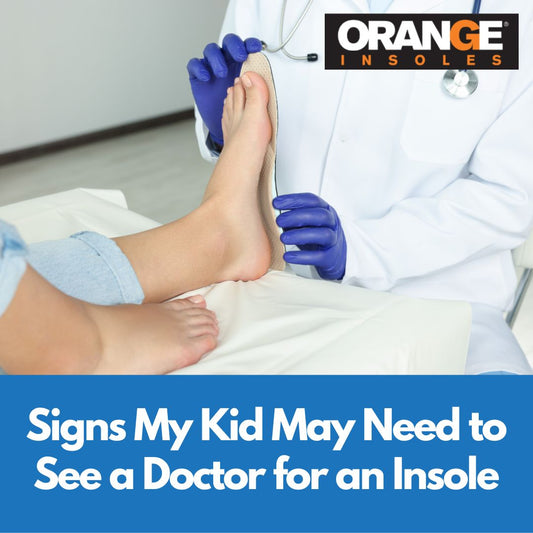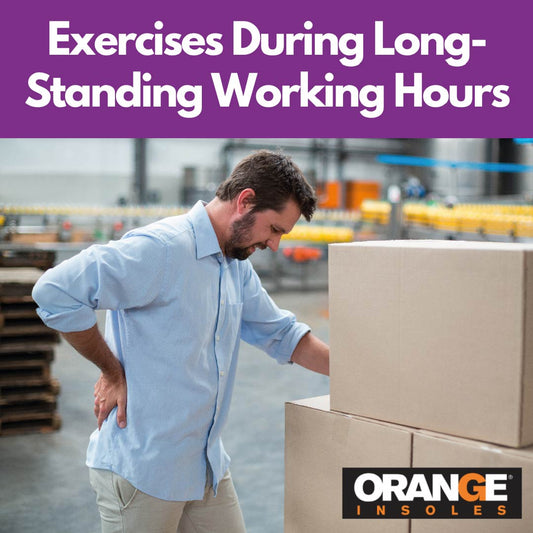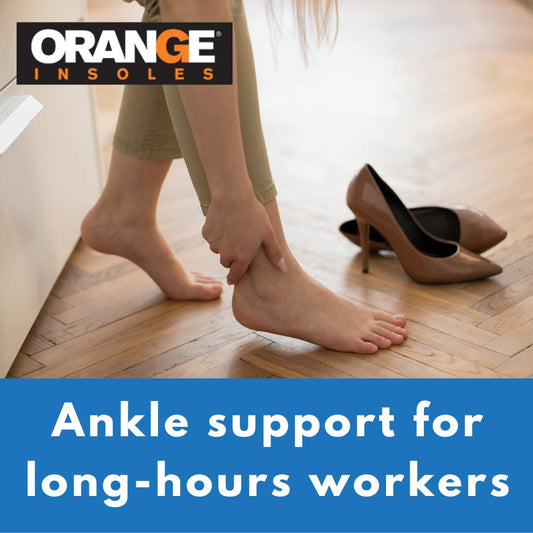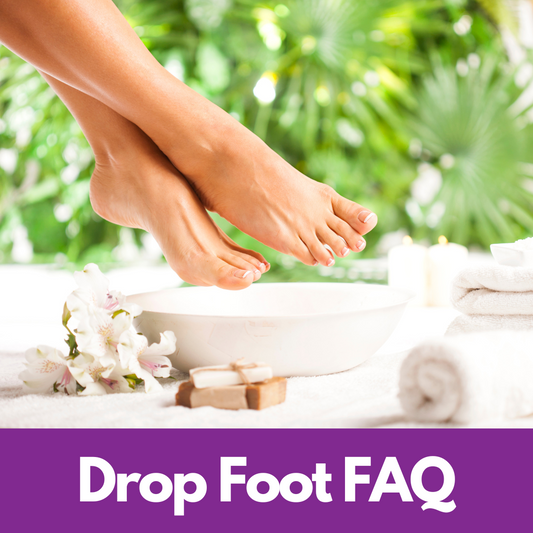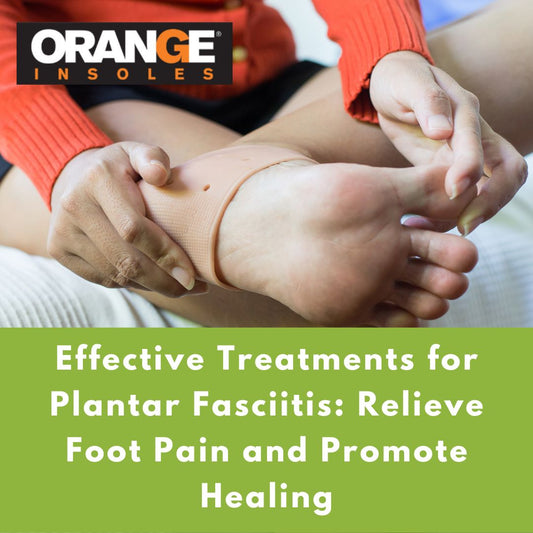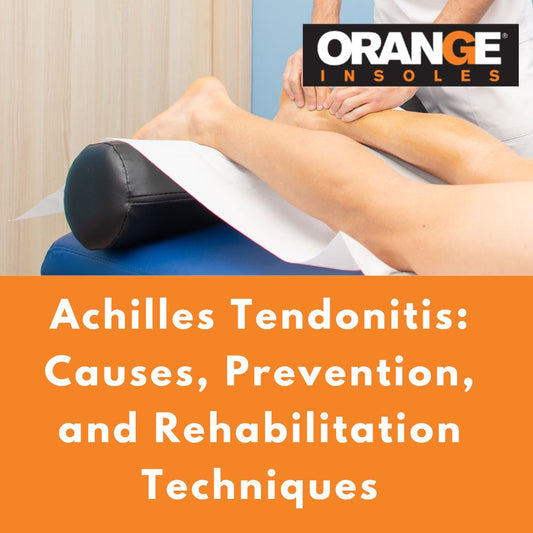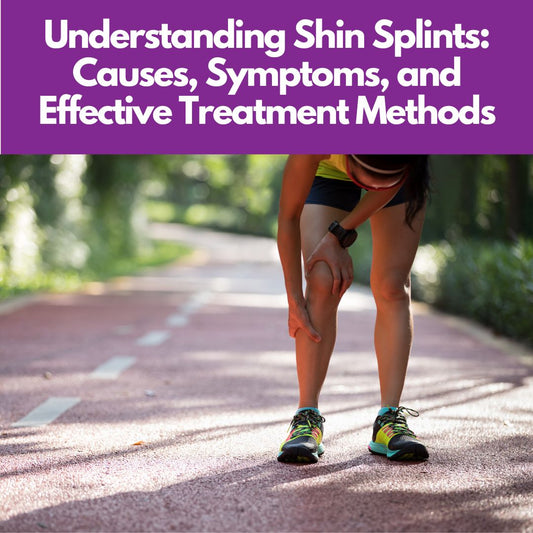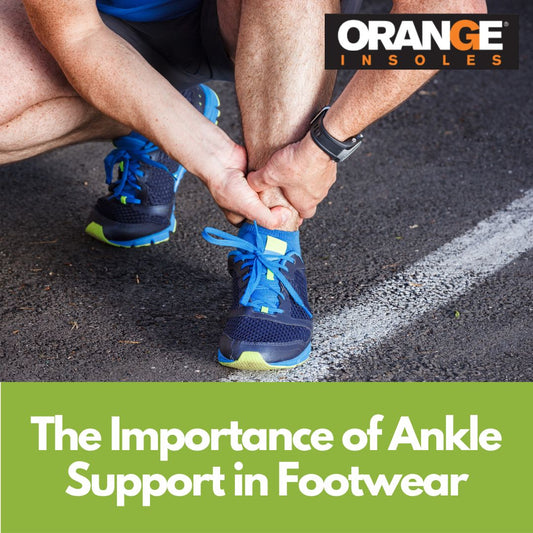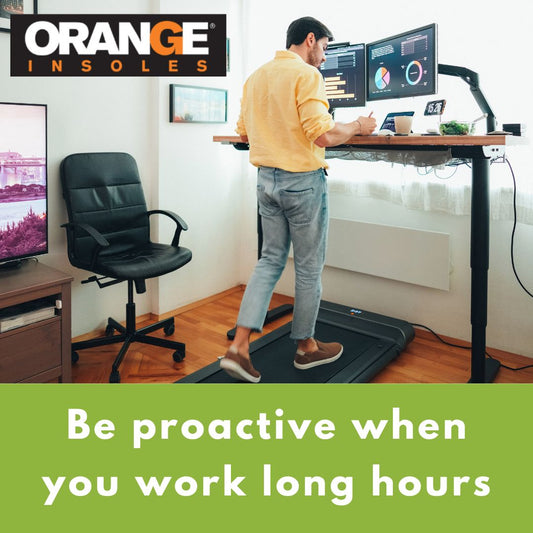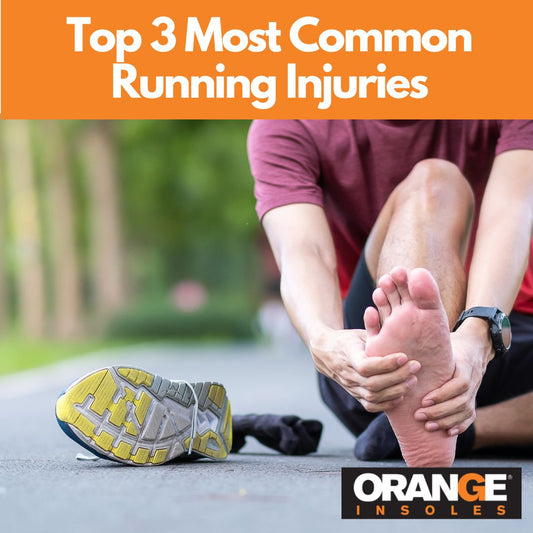Signs My Kid May Need to See a Doctor for an Insole
If your child is in pain, you want to do everything you can to alleviate their pain as quickly as possible. If they have foot pain, or issues that stem from their feet, you might be tempted to add an insole to their shoes for quick relief…and sometimes that’s the right call. But kids are still developing and may experience normal growing pains that don’t need any intervention. If you’re considering an insole, it’s important to see your doctor first.
Here are some signs your kid might need to see a doctor for an insole.
Important Note: In this post, we are talking about shoe insoles, not orthotics that might need to be prescribed by a doctor. If your child has a serious medical condition they might need orthotics to correct it. But if they are experiencing some of the below symptoms or conditions, an insole might be able to help.
Persistent Pain
Some pain is normal. Aches and pains come with growing up and foot pain is understandable as your child tries new activities and moves and runs until their bodies tucker out. But if that foot pain is frequent and persistent, and interferes with their daily activities, you might want to see a doctor to see what’s going on.
Knee and leg pain is also a good indicator that they may need an insole. Again, it might just be growing pains, but if they can’t participate in their favorite sports or spend more time opting out of playing because of the pain, see a doctor. They may not be getting enough support from their shoes.
Gait Abnormalities
Watch the way your child walks. If they move with an unusual gait, like their foot rolls excessively inward or outward, you might want to see a doctor. Some abnormalities may be normal as they grow into their bodies and try new shoe styles, but walking with an unusual gait for too long can lead to alignment problems, instability, and pain in the future.
Insoles can help correct gait abnormalities so keep an eye on their walk and if you notice anything strange, that persists and is consistent, consider seeing a doctor.
Flat Feet or High Arches
If your child has visibly flat feet or high arches and experiences pain, instability, or difficulty walking or running, a doctor's evaluation is warranted.
Participation in Sports
If your child is extremely active in sports, especially high impact sports like basketball or running, they might need an insole even if they don’t experience any pain or discomfort. Insoles offer extra cushioning and support to help prevent injuries, keep their bodies in alignment and improve performance. The high impact on their feet and body can lead to issues. Try to stay ahead of it.
Check Their Shoes
Most shoes have no support inside the shoe and that can create plantar fasciitis, knee pain, etc. Take a look inside a cleat, there is minimal space for foot support liner. We recommend our Orange Light $22, it fits in most any cleat and can help give your child an over the counter option for relief.
Not sure how to know if your child is suffering from flat feet or an abnormal gait? Check their shoes or footprints. If you notice that your child's shoes wear down unevenly, more wear and tear on the outside for example, it may suggest that there are alignment issues with their feet that require a professional assessment.
You can also look at their footprint, either on a beach or have them get their feet wet and step on a flat surface. If they have high arches you won’t see as much of an imprint in the middle or if they have flat feet, that natural lack of print will not be present.
Since your child is still developing it’s important to let their bodies do so naturally. They’ll come into their own alignment and learn to move and align their bodies based on their body type, weight, and other factors. But if something is wrong, like any of the issues above, a doctor can tell you if an insole can help correct issues that might lead to more problems in the future.
